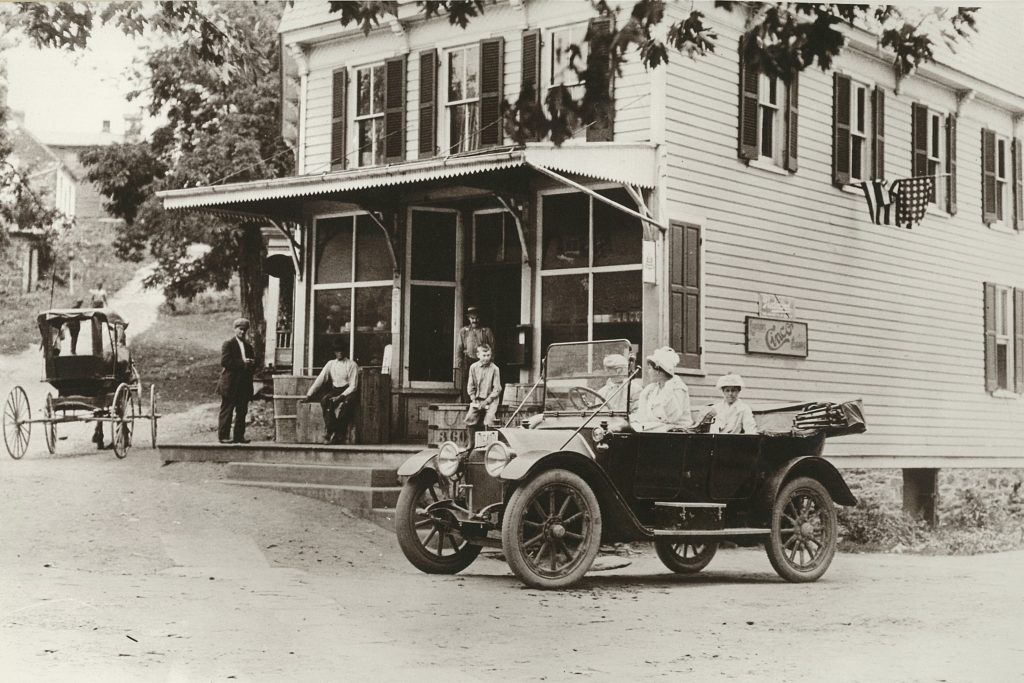
Restoration
Slumbering undisturbed for many years
Waterford’s stagnation as a commercial center after the Civil War meant it was not worth demolishing the old to make way for new development. The old town and its surrounding farms were able to slumber undisturbed, like Rip Van Winkle, for many years. Many of the buildings in the village appear as they do today because of those decades of neglect, when few residents could afford to modernize or replace their homes. World War I and the Great Depression led to further decline. In 1937 a Historic American Buildings Survey* of Waterford found a village dominated by deteriorated and dilapidated houses.
By then, however, new life had begun to stir. There was a trickle of people from the Washington area who appreciated Waterford’s picturesque buildings and rural setting. Some built new houses along Second Street as vacation homes; others renovated older structures throughout the town. Waterford’s roads were finally paved in 1936.
A number of families around this time—the Chamberlins, McDaniels and Stablers, to name just a few—went to great lengths to preserve Waterford’s buildings, traditions, and rural setting. To complement their renovation of derelict structures in the village, these individuals established the Waterford Foundation in 1943. Their aim was to “…revive and stimulate a community interest in recreating the town of Waterford as it existed in previous times with its varying crafts and activities.” Skilled artisans and craftspeople had plied their trades in Waterford for 200 years; that tradition continued with the first exhibition of arts and crafts in October 1944.
*The Historic American Buildings Survey (HABS) began in 1933, following a proposal by Charles E. Peterson, of the National Park Service, to put one thousand architects rendered unemployed as a result of the Depression to work for ten weeks documenting what he called “America’s antique buildings.” Peterson’s proposal quickly won approval from the Department of the Interior and the work commenced in December 1933. Operating under various administrative authorities for the first two years, HABS became a permanent program of the National Park Service in July 1934, and was formally authorized by Congress as part of the Historic Sites Act of 1935. The black and white photos of buildings in this history section are a product of the HABS survey. These and other photos are available for viewing on the web site of the Library of Congress.